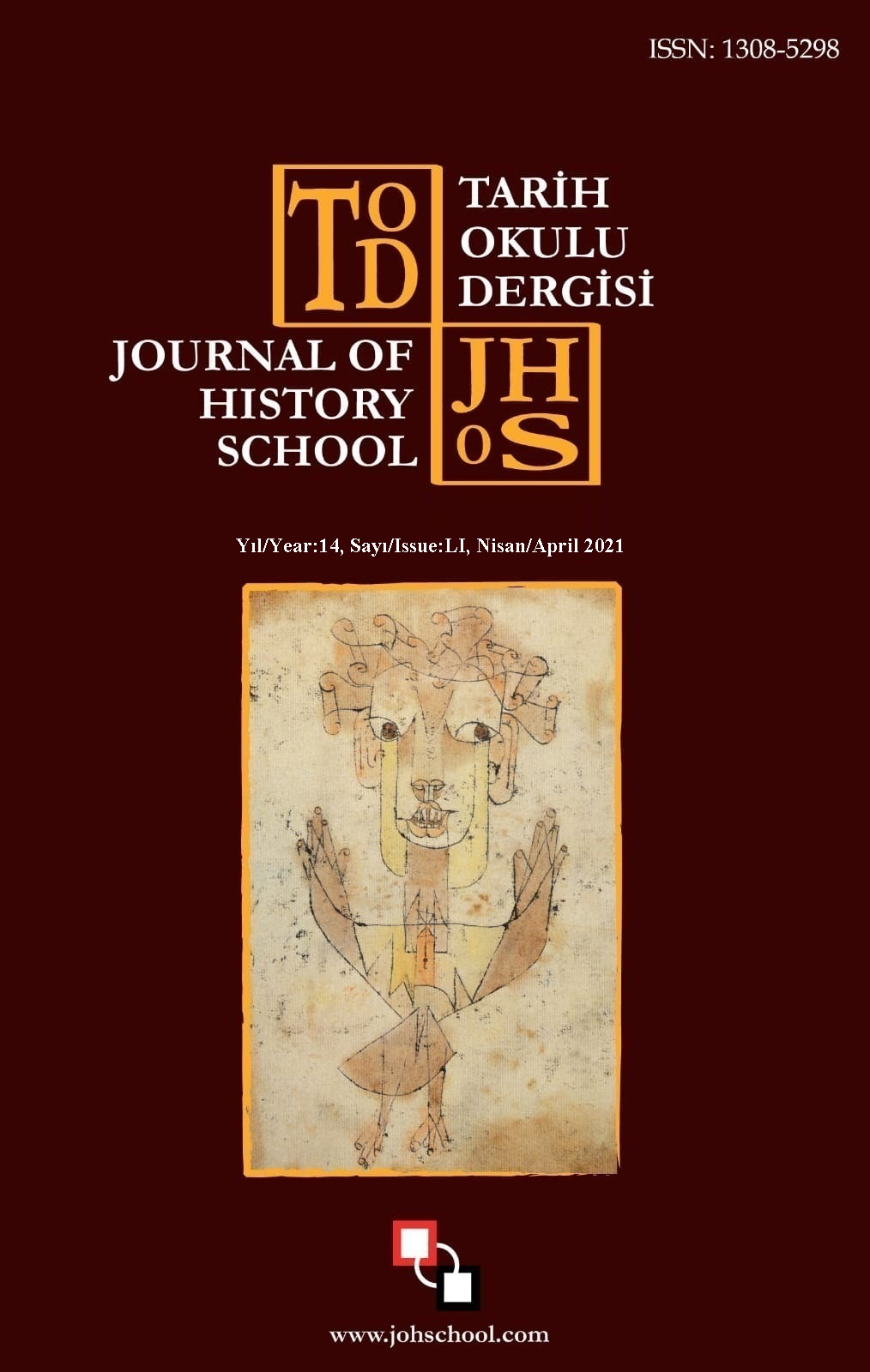Author :
Abstract
Göç olgusu mekânsal yer değiştirme olarak kabul görmekte, toplumsal hayatta köklü değişimlere neden olmaktadır. Toplumun yapısında yaşanan değişimler, dönemsel ve mekânsal olarak farklılaşmakta ve içinde bulunduğu koşulların sonuçlarını taşımaktadır. Türkiye’de göçler, dönemler itibariyle farklılık göstermiş olsa da her dönem varlığını korumaktadır. Başta ekonomik, sosyal ve siyasal nedenlerden dolayı, zorunlu veya isteğe bağlı yaşanan göçler, Türkiye’de iç göçlerin genel karakterini oluşturmaktadır. Cumhuriyetin ilk yıllarında iskân politikalarına bağlı olarak planlı iç göçler yapılmıştır. 1950’li yıllarda ise kırdan kente doğru yaşanan iç göçlerin hızlı ve plansız olduğu görülmektedir. 1960’lı yıllarda ise iç göç ivme kazanmış ve yapısal farklılar göstermiştir. 1980 sonrası iç göçler ise; nedeni, sonucu ve yapısı değişerek yaşanmıştır. Özellikle siyasi ve ekonomik nedenler ile kamu politikalarının etkisi 1980’li yıllarda belirginleşmiş, kısa sürede kırdan kente ve metropollere doğru çözülmeler yaşanmıştır. Kentlerde artan nüfus ile birlikte toplumun yapısı büyük ölçüde değişime uğramış, sosyal ve ekonomik sorunlar ortaya çıkmıştır. Bu çalışmada, Türkiye’de 1950’li yıllarda başlayan, 1980 sonrası yapısını değiştiren iç göç olgusu üzerinden; son yıllarda hızla değişen ve yön değiştiren, tersine iç göç karşılaştırılmaktadır. Bu bağlamda çalışmanın konusu; 1950’li, 1980’li ve 2000’li yıllarda yaşanan iç göçler olarak sınırlandırılmış, söz konusu dönemlere ait iç göçün hareket noktaları ve yönleri üzerinden analizler yapılmıştır.
Keywords
Abstract
The phenomenon of migration is accepted as spatial displacement and causes radical changes in social life. The changes in the structure of the society differ periodically and spatially and bear the results of the conditions in which they exist. migration in Turkey, the respective periods showed differences remain even though the existence of each semester. Particularly economic, social and political reasons because of the mandatory or optional experienced immigration constitutes the general character of internal migration in Turkey. In the first years of the Republic, planned internal migrations were carried out depending on the settlement policies. In the 1950s, it is seen that the internal migrations from rural to urban areas were rapid and unplanned. In the 1960s, internal migration gained momentum and showed structural differences. Internal migrations after 1980; its cause, result and structure have been changed. Especially political and economic reasons and the effect of public policies became evident in the 1980s, and the resolution from rural areas to cities and metropolises was experienced in a short time. With the increasing population in the cities, the structure of the society has changed drastically, and social and economic problems have arisen. In this study, it started in the year 1950 in Turkey, through changing the structure of internal migration after 1980; In recent years, reverse migration is rapidly changing and changing direction. In this context, the subject of the study; It was restricted as internal migrations in the 1950s, 1980s and 2000s, and analyzes were carried out on the departure points and directions of the internal migration for those periods.





